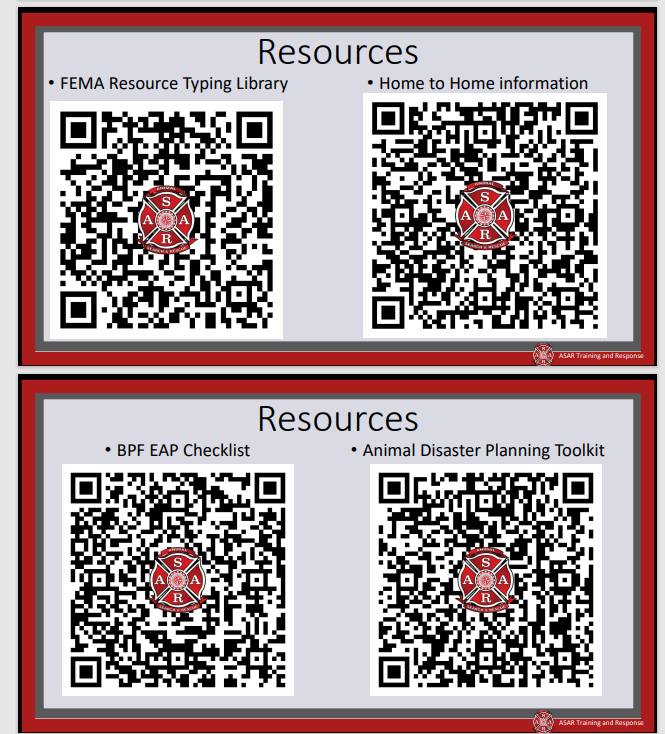Emergency Management Information for Animals
In emergency incidents and disasters, the human-animal bond must be considered for occasions requiring evacuation and long-term shelter in place. Some pet owners will be hesitant or even refuse evacuation if it means leaving animals behind. This puts the humans, animals, and first responders in danger. Having a plan to safeguard humans ad their pets is an essential measure of emergency preparedness.
In NJ, the need for coordinated planning and preparation regarding animals and disasters is notably recognized. NJ's organized effort to provide support to animals in disasters includes state level pet sheltering.
EMERGENCY Management Resources and templates
Link to State of NJ KEY Information on how to Prepare, Before, During and After
Animal Emergency (nj.gov)
#BEREADY Plan Ahead
PLAN AHEAD - Create a plan on what to do in a disaster or emergency.
Where are you going to shelter? Where will your family meet?
2. PREPARE - Make an emergency To-Go-Bag for your pet.
3. PRACTICE - practice your plan with pets and family. Walk through the steps.
Sheltering (in order of preference)
1. Family or friend’s home
2. Pet friendly hotel
3. Emergency shelter that accepts pets (like a County
Shelter with a County Animal Response Team)
Pet Evacuation To-go bag:
·Food: At least 3 days’ worth and a bowl. Store food in a waterproof container
·Water: 3 days’ worth in non-breakable containers and a bowl
·Medications with instructions
·Records: Re-sealable plastic bag with Pet License, microchip, ID, proof of vaccinations, medical records, and name/phone of your veterinarian
· Photos of pet with owners
·Crate: Proper size metal or plastic pet carrier for each pet
·Leashes, collar, ID tag, obedience tools
·Sanitation needs and grooming supplies: Newspapers, paper towels, handy-wipes, can openers, a flashlight, blankets, doggie disposable bags
·Cats: litter, litter pan, scoop, disposable bags
·Special needs items for exotic pets, such as a heat source, diet, specific housing
·First Aid Kit: cotton bandage roll/pads, bandage tape, bandage scissors, antibiotic ointment, latex gloves, tweezers, saline eye solution, sterile lubricating jelly, a towel, and a basic pet first aid book.
USELFUL LINKS FOR ANIMAL DISASTER PLANNING
https://www.nj.gov/agriculture/animalemergency/
Service Animal Emergency Preparedness Guidance - for Handlers (state.nj.us)
Disaster-Preparedness-for-Your-Rabbit.pdf
CFSPH Course Catalog (iastate.edu)
Emergency Preparedness For Pet Birds (beautyofbirds.com)
Reptile-Amphibian-Emergency-Preparedness-Handout (glynncounty.org)
Animal Emergency | CART (nj.gov)
Just-in-Time Training for Responders - CFSPH (iastate.edu)
Pet disaster preparedness | The Humane Society of the United States
Emergency Pet Shelter Manual (ufl.edu)
Pet Disaster Preparedness & Recovery | American Red Cross
Resources | The Northeast ADA Center: ADA Facts for Service Animals in Disasters
Guidelines and Strategies for Inclusive Planning in the EOC (lacounty.gov)
slg101.PDF (fema.gov) FEMA Guidelines for Emergency Management planning
Emergency Management Section | New Jersey State Police (nj.gov)
This year the NJ Depart of Office of Emergency Management has been training municipalities on sheltering in an emergency for animals and their humans. We will be sharing this information to ensure your town is ready.


